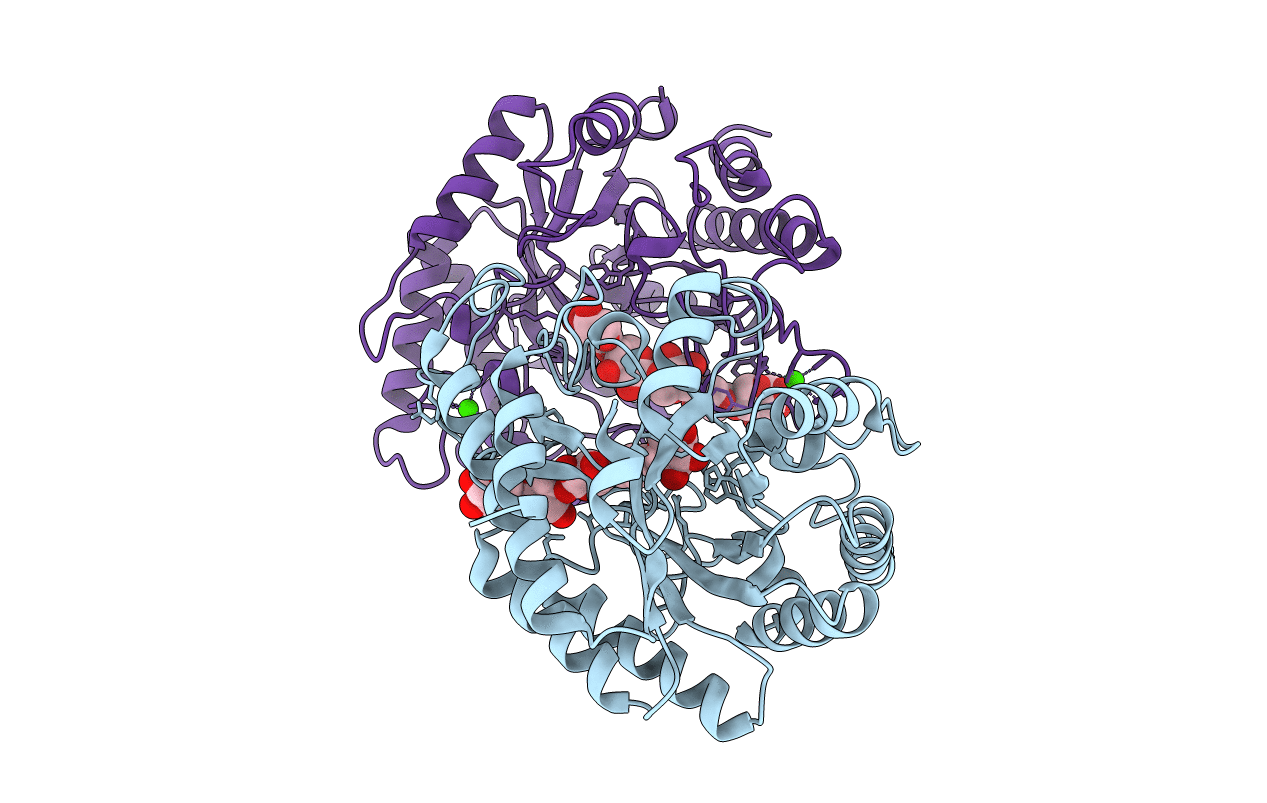
Deposition Date
2000-07-27
Release Date
2000-12-08
Last Version Date
2024-11-06
Entry Detail
PDB ID:
1E5N
Keywords:
Title:
E246C mutant of P fluorescens subsp. cellulosa xylanase A in complex with xylopentaose
Biological Source:
Source Organism:
PSEUDOMONAS FLUORESCENS (Taxon ID: 294)
Host Organism:
Method Details:
Experimental Method:
Resolution:
3.20 Å
R-Value Free:
0.24
R-Value Work:
0.19
R-Value Observed:
0.19
Space Group:
P 43 21 2


